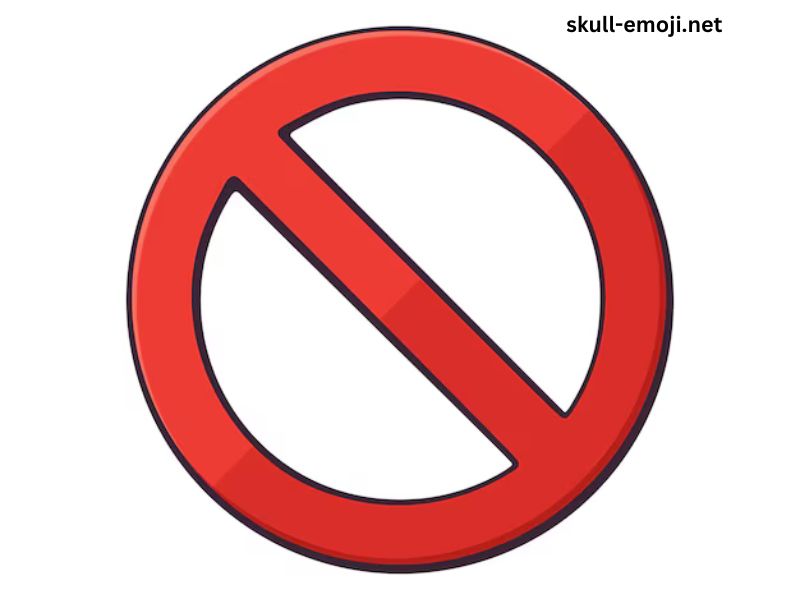In the realm of symbols, the “O with a line through it” is a mark that has emerged across various contexts and cultures. Commonly recognized as the letter “Ø” in the Latin alphabet, it is steeped in history, mathematics, engineering, and even philosophy. This article explores its origins, uses, and significance in various fields, shedding light on why this seemingly simple symbol carries profound meaning.
Historical Background
The “O with a line through it,” known as “O with stroke” or “O slashed,” has its roots in Old Norse. It was used to denote a specific sound in the Old Norse language, appearing in various runic inscriptions. The symbol has also been part of several other languages, including Danish and Norwegian, where it represents a distinct vowel sound. This linguistic significance sets the stage for its broader implications in different disciplines.
Linguistic Uses
In linguistics, the symbol “Ø” represents a close-mid front rounded vowel sound. This phonetic representation is crucial in the study of various languages, as it aids in understanding the nuances of pronunciation. Scandinavian languages utilize this symbol in words like “bølger” (waves) and “før” (before), making it an essential part of their orthography.
Mathematical Significance
In mathematics, the “Ø” symbol is utilized to denote the empty set. This concept, introduced by mathematician André Weil in the 1930s, is fundamental in set theory and has widespread applications in various mathematical fields. The empty set serves as a foundational building block for more complex mathematical concepts and proofs, highlighting the significance of nothingness in mathematics.
The Empty Set: A Philosophical Perspective
The notion of the empty set extends beyond mathematics into philosophical realms. Philosophers have long pondered the concept of “nothingness.” The empty set symbolizes the idea that even in the absence of elements, there exists a structure that is crucial for understanding sets and their relationships. This intersection of mathematics and philosophy emphasizes the depth and complexity of the “O with a line through it” symbol.
Engineering and Technical Applications
In engineering and technical fields, the symbol “Ø” is often used to indicate diameter. It is prevalent in mechanical engineering drawings, blueprints, and specifications. The diameter of circles and cylindrical objects is critical for designing components that fit together seamlessly. The use of “Ø” simplifies communication among engineers and designers, ensuring clarity in specifications.
Cultural and Social Significance
Beyond its technical uses, the “O with a line through it” has found its place in various cultural and social contexts. It can symbolize exclusion, prohibition, or negation. For instance, it often appears in warning signs and labels to indicate that something is not allowed or should be avoided. This visual shorthand communicates a clear message without the need for words, making it universally understandable.
The Symbol in Popular Culture
In popular culture, the symbol has also been adopted for various artistic expressions. It has appeared in logos, fashion, and digital media. Its sleek, minimalist design resonates with contemporary aesthetics, making it a favorite choice among designers and artists. The “Ø” symbol is frequently used in branding to convey a modern and innovative image.
Psychological Interpretations
From a psychological perspective, symbols like the “O with a line through it” can evoke certain feelings and associations. Its simple yet striking form may convey a sense of clarity and decisiveness. In a world overflowing with complexity, the straightforward nature of the “Ø” symbol can serve as a reminder of the importance of simplicity and directness in communication.
The Symbol in Mathematics and Logic
The use of the “Ø” symbol in mathematical contexts goes beyond denoting the empty set. In logic, it often represents negation. In propositional logic, for instance, the negation of a proposition can be represented with a line through the symbol or as a separate notation. This dual representation underscores the versatility of the symbol in conveying complex logical relationships.
Contemporary Uses
In contemporary settings, the “O with a line through it” has found its way into various applications, including programming and computer science. It can represent different concepts, such as null values or exceptions in programming languages. As technology evolves, symbols like “Ø” adapt to new meanings and usages, reflecting the dynamic nature of communication in the digital age.
Symbolism of Exclusion and Nullity
The broader implications of the “O with a line through it” often relate to themes of exclusion and nullity. In societal contexts, it can symbolize barriers, prohibitions, or the absence of something. The starkness of the symbol, combined with its simplicity, amplifies its effectiveness in communicating a sense of absence or restriction.
Visual and Design Impact
Visually, the “Ø” symbol stands out due to its unique form. Designers often employ it to create striking visuals that capture attention. The balance between its circular form and linear interruption provides a sense of harmony and tension, making it a compelling element in graphic design. Its adaptability allows it to fit into various design languages, from minimalistic to elaborate styles.
Future of the “O with a Line Through It”
As we move further into the 21st century, the relevance of the “O with a line through it” symbol is likely to continue evolving. In an increasingly interconnected world, symbols that convey complex ideas succinctly will become even more valuable. The ability of the “Ø” symbol to traverse linguistic, mathematical, and cultural boundaries ensures its place in contemporary discourse.
Conclusion
The “O with a line through it” is far more than a simple character; it embodies a wealth of meanings and associations that span multiple disciplines and cultural contexts. From its origins in linguistics and mathematics to its modern applications in engineering and design, this symbol captures the essence of communication and representation. Its ability to convey concepts of emptiness, exclusion, and negation speaks to the human experience, inviting us to reflect on the complexities of existence.
As we continue to explore the intersections of language, mathematics, and culture, the “Ø” symbol will undoubtedly remain a significant marker in our understanding of the world. Its simplicity belies its depth, reminding us that even the most basic symbols can carry profound significance in our lives and societies.



